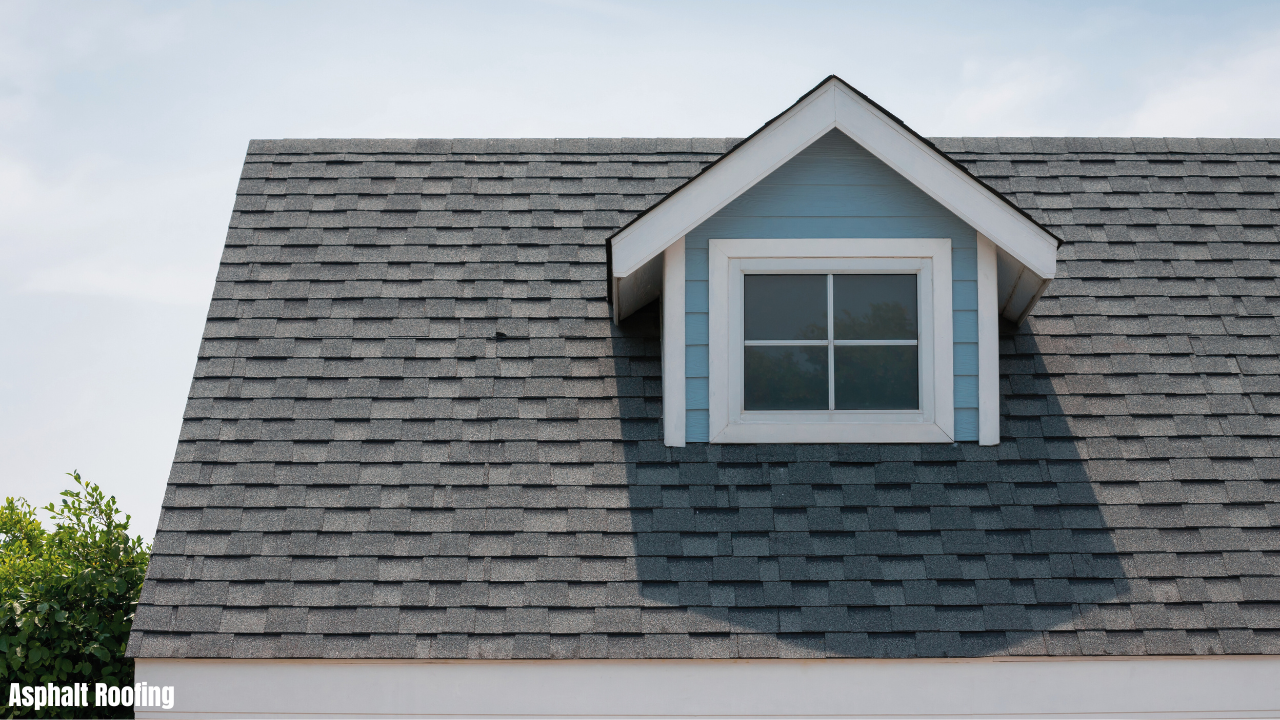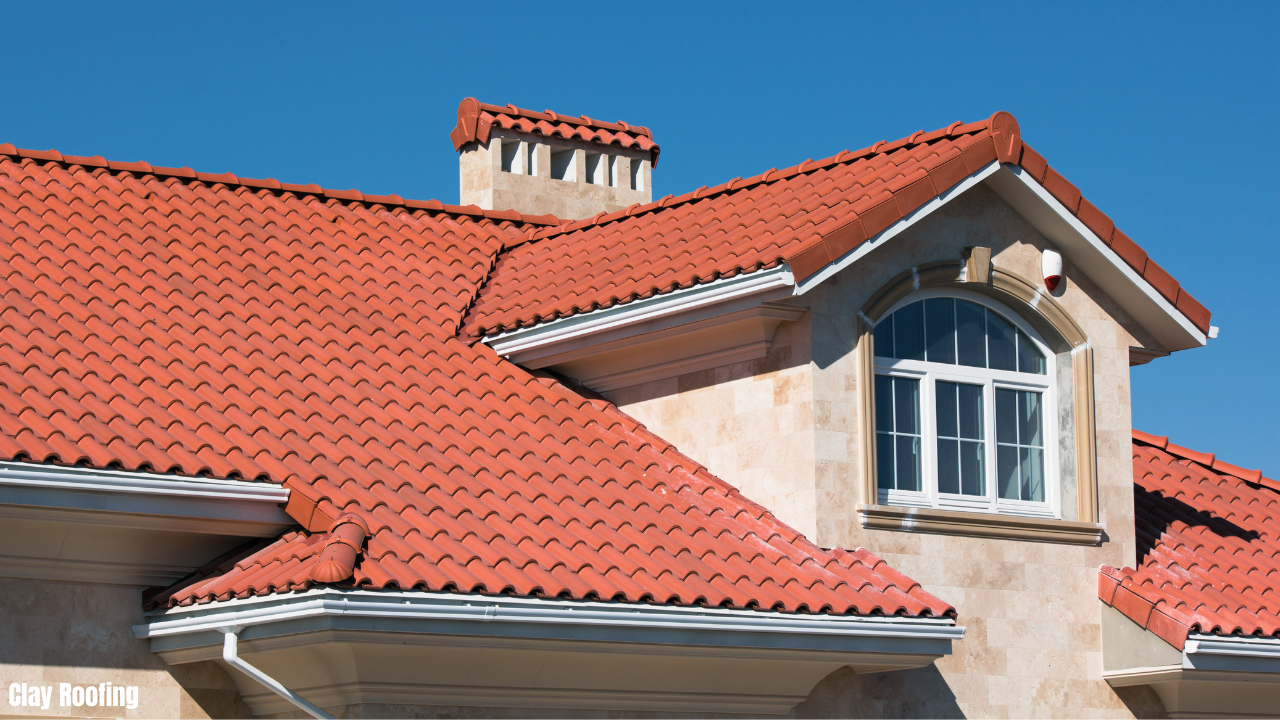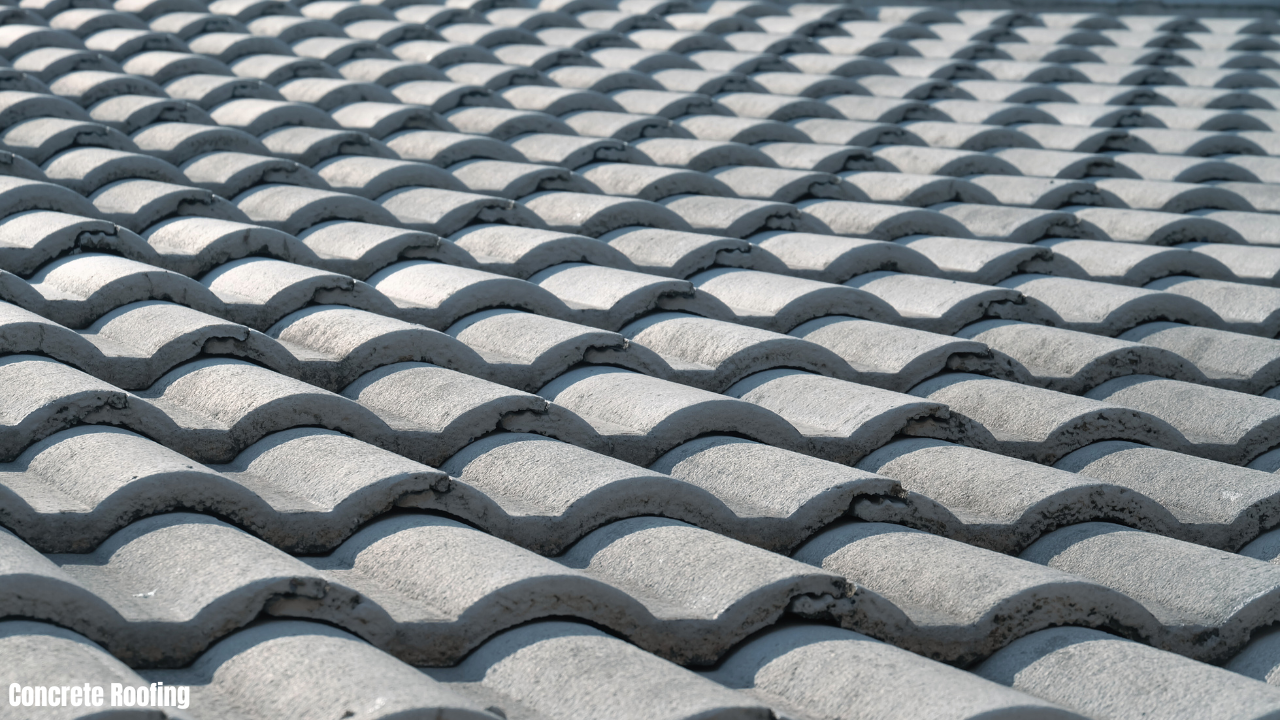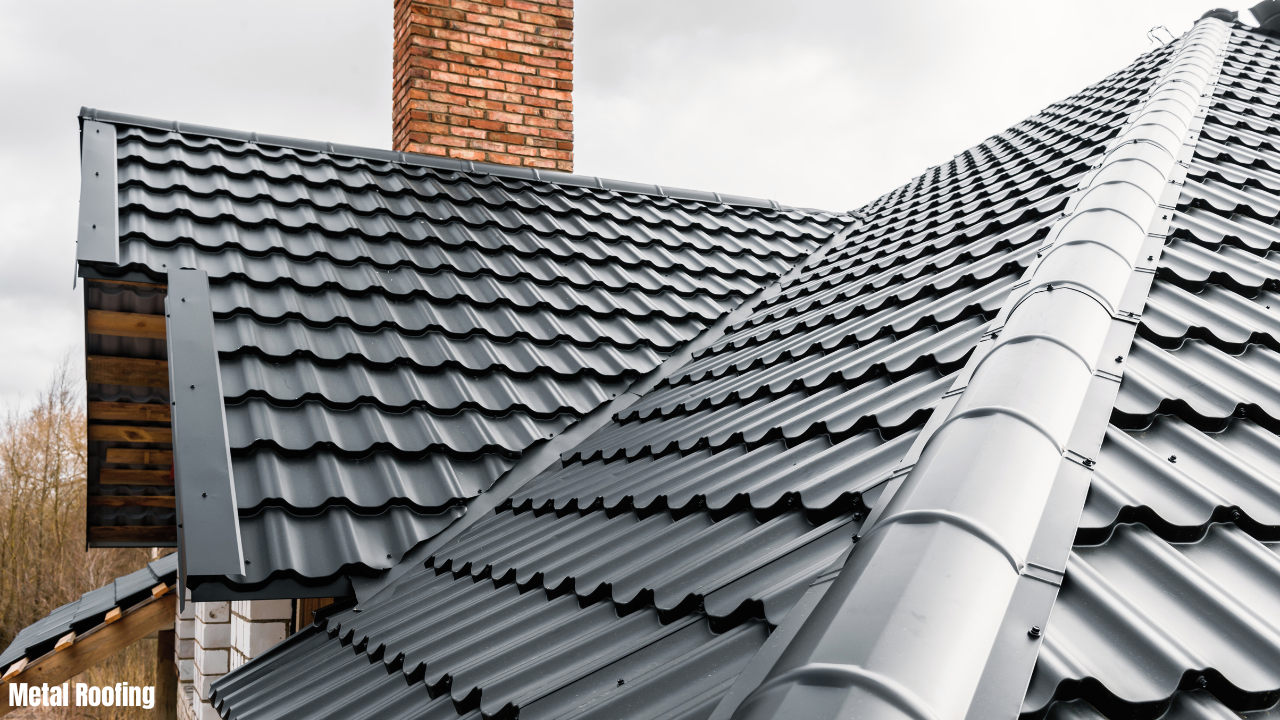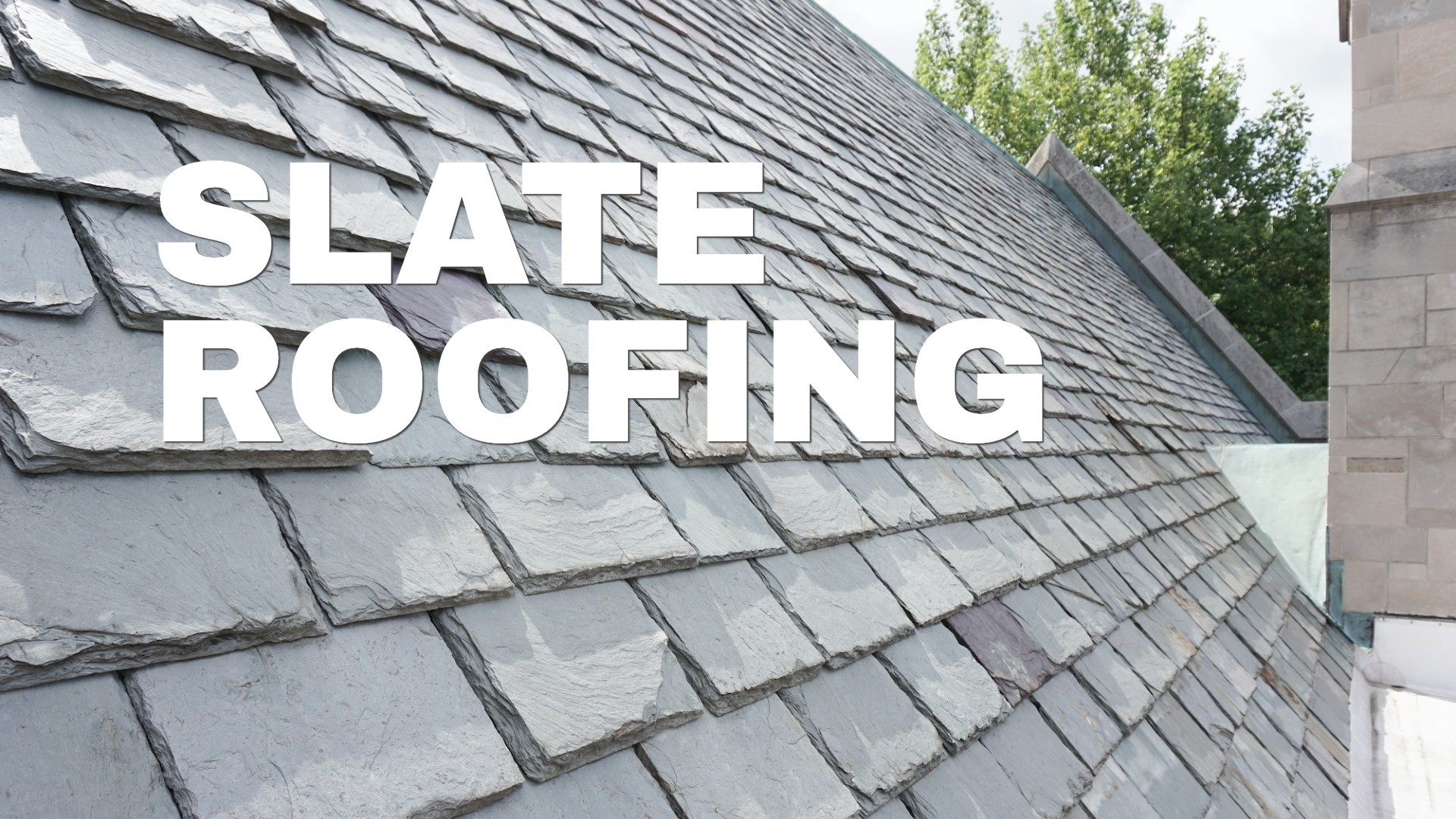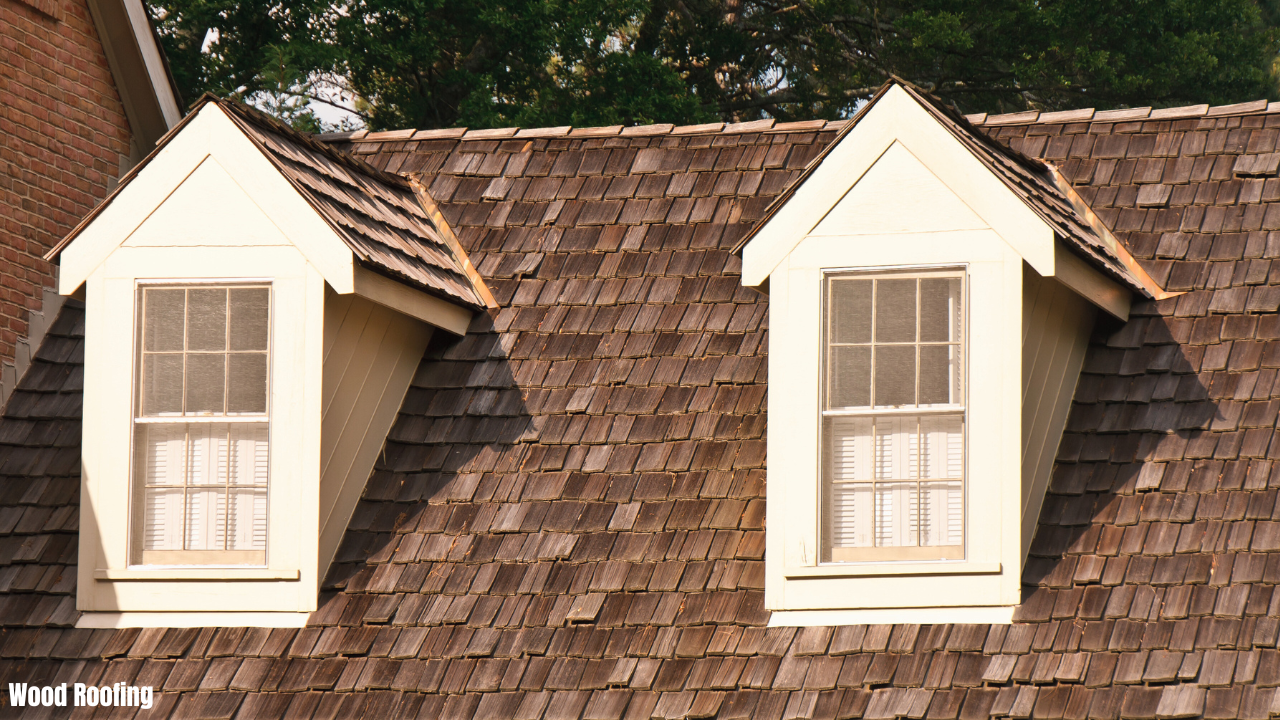The longevity of a roof boils down to weather conditions, workmanship, and, most importantly, roofing materials.
A roof installed by a knowledgeable roofing company can last between 15 and 50 years – sometimes even longer. From asphalt shingles to slate tiles, wooden shakes, and metal roofing, each material has a different lifespan, affecting your long-term maintenance costs.
Here’s the estimated lifespan of each roofing material:
Let’s take a deeper look at the typical lifespan of the most common types of roofing materials. We've organized these starting with the most common; asphalt shingle.
Asphalt Shingle Roofing – 10 to 30 Years
Asphalt shingles are currently the most popular roofing style installed on new homes. They check almost all the boxes – they are affordable, low-maintenance, easy to install, aesthetically pleasing, and provide sufficient protection. Manufacturers mix asphalt, fiberglass, and mineral composite to create colors, including gray, brown, blue, green, and red.
You can expect shingle roofs to last 10 - 30 years. Although cost-effective, asphalt roofing does not last as long as many other roofing options.
The biggest factors in asphalt shingle longevity are installation, climate and shingle quality. If you don't live in an area prone to hail and high winds or severe storms and the install was good, 30 yrs is a reasonable expectation.
The roofs that fail prematurely almost always are in full sun as they absorb the most heat. For example A steep roof facing south will look worse after 20 years than a north facing roof. For that reason, energy efficient roofing shingles are recommended for those looking to maximize value.
Shingle Roof Longevity in Florida.
The lifespan of a shingle roof can vary based on the climate and weather conditions of the area. Florida is known for its hot and humid weather, which can take a toll on roofs, causing damage and reducing their lifespan. As a result, shingle roofs in Florida may have a shorter lifespan than those in cooler and drier areas.
In general, shingle roofs in areas with mild climates and less severe weather conditions may last longer than those in areas with harsher climates. For example, shingle roofs in the Pacific Northwest, where it rains frequently and the temperatures are moderate, may last longer than those in Florida. Similarly, shingle roofs in areas with heavy snowfall and freezing temperatures may also have a shorter lifespan due to the constant freeze-thaw cycles.
Shingle Roof Longevity in Texas
In Texas, the weather can be hot and dry, with occasional severe storms and heavy rainfall. These weather conditions can cause damage to shingle roofs, making them more susceptible to leaks and deterioration. A well-maintained and properly installed shingle roof in Texas can last between 15 and 25 years, which is similar to the lifespan of a shingle roof in other areas with similar weather conditions.
Shingle Roof Lifespan In New Jersey
In New Jersey, shingle roofs can typically last between 20 and 30 years, depending on the quality of materials used, installation, and maintenance. This is longer than the typical lifespan of a shingle roof in Texas, which is around 15 to 25 years. The milder climate in New Jersey, with less intense heat and humidity, can help prevent premature aging and deterioration of shingles, compared to the hot and dry weather conditions in Texas.
Clay Tile Roof – 50 to 100 Years
Clay tiles are a beautiful, durable roofing option made by baking molded clay or at high temperatures. The tiles are molded into various styles, including French, Spanish, and Scania, and come in distinct white, yellow, orange, red, and brown shades.
Clay tiles are ubiquitous in hot, sunny climates like Southern California and Florida, where the intense heat can weaken the undersides and adhesions of asphalt shingles, causing possible roof leaks. Clay tiles are weather and fire-resistant, and help cut energy costs with their heat-repelling ability, making them quite cost-effective.
Concrete Tile Roof – 45 to 75 Years
Concrete roof tiles are versatile and durable, lasting between 45 to 75 years with proper installation and preventative maintenance. They are made with a mixture of sand, water, and cement, molded under heat and pressure.
Concrete tiles take first prize regarding versatility. They come in three common styles: flat (without a curve), low-profile (with a slight curve), and high-profile (with a large curve). They can also be styled and painted to suit your design preferences or to mimic other tile styles, including clay, slate, stone, and wood shake.
Concrete tiles offer excellent durability in extreme weather, and their hefty weight makes them ideal for high-wind regions. However, bear in mind that your roof structure may need additional support to hold the weight. The average cost falls between $10 and $20 per square foot.
Metal Roofing (Standing Seam) – 50 - 70 Years
On average, a well-installed metal roof can last anywhere from 50 to 70 years. Some metal roofs can even last over 100 years with proper maintenance and care.
In addition to their longevity they also reflect sun rays that contribute to radiant heat which can result in 10-25% cooling cost reduction AND they withstand high winds and hail.
What's the downside? Cost. Metal roofs cost 2-3x a shingle roof. Ultimately it comes down to a question of 'is this a forever house'?
Slate Tile Roof – 100 Years+
Rule of thumb: if 20-30% of your slate shingles are missing or broken its time to replace.
Known as a “forever roof,” slate is one of the most durable roofing materials, lasting between 50 and 200 years. It is made from clay or volcanic ash metamorphic rocks; the splitting of the slate allows manufacturers to produce thin sheets for roof tiles.
Slate tiles have a refined, grainy appearance. They are known for their beautiful appeal, extreme durability, and resistance to most weather conditions, including fire, wind, and hail. However, their advantages come with a hefty price tag, costing between $10 to $30 per square foot installed.
The biggest downside to installing slate tiles is the weight. Most standard roof structures aren’t suitable for supporting the heavy weight of a slate tile roof and need to be reinforced before installation. Their hefty weight also makes installation more challenging, increasing the cost of labor and materials.
There are also synthetic and hybrid slate tiles which also attract interest. They are less expensive ($8 to $16 per square foot) and easier to install. Homeowners can choose between standard, patterned, multi-colored, and textural slate tiles.
Wood Roofing (Singles & Shakes) – 35 to 40 Years
Wood shakes or shingles are a charming, attractive roofing style mainly used on Tudors and cottage-style homes. With the right care and maintenance, you can expect wood roofing to last between 35 and 40 years. They age well, starting sandy brown and fading into a silvery hue.
Wood roofing is most prevalent in dry climates. However, it needs to be treated in fire-prone areas. Although also suitable in wetter climates, wood roofing won’t last as long due to water damage. Experts suggest an annual inspection to ensure there isn’t any damage.
Cedar and redwood are the most popular building materials as they repel insects and provide protection against rot. The average cost ranges between $5 and $14 per square foot.
Final Thoughts
There’s a wide range of roofing materials available. Rather than simply choosing the roofing option you previously had, take the time to consider investing in a longer-lasting roofing material.
Before replacing your roof, ensure you weigh the pros and cons of longevity, appearance, structural requirements, and material price. (Related article: How Long Does a Roof Last in Florida? A Practical Guide)


